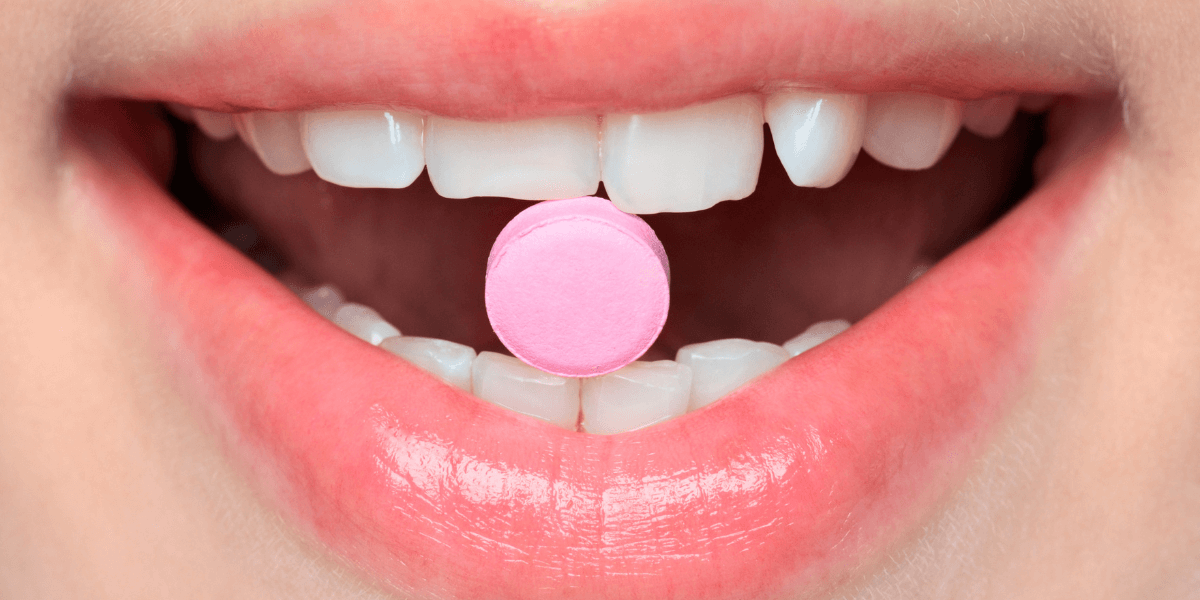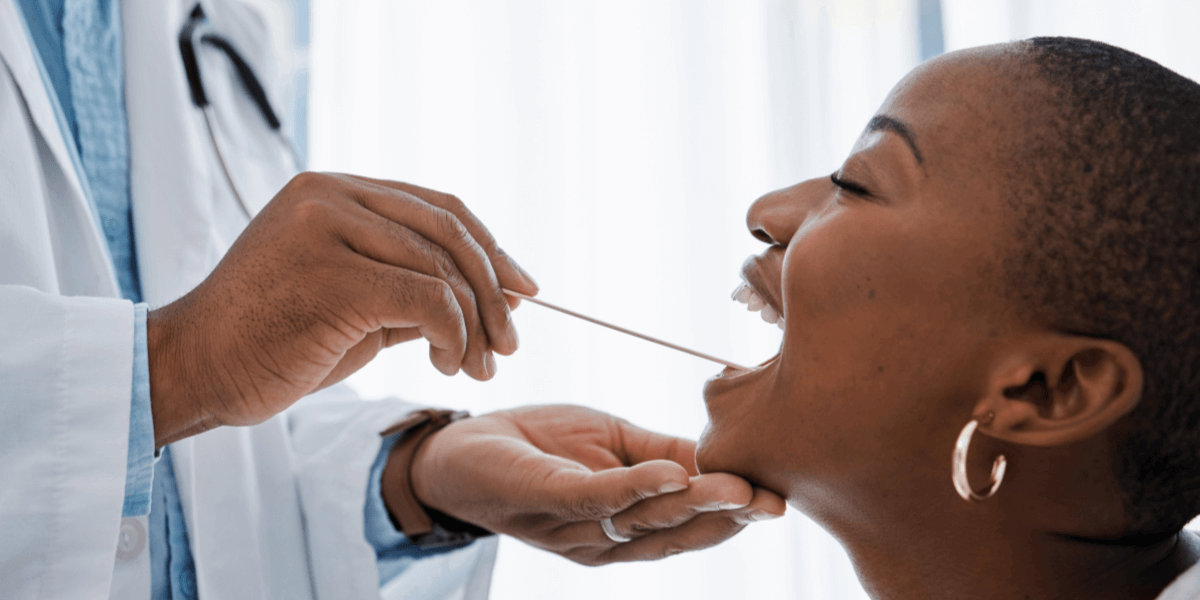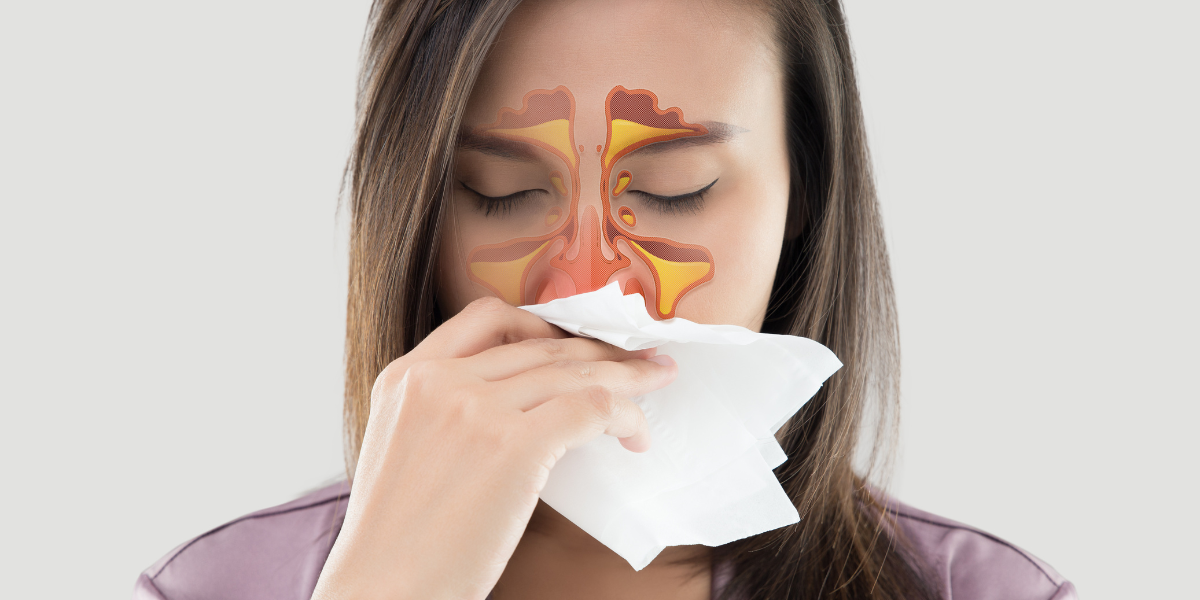What causes oral thrush & how to treat it

The yeast that causes thrush is able to proliferate when the natural microbial balance is disrupted – resulting in the presence of less protective bacteria & less ability for your mouth to fight off infection. Find out below how to keep your oral microbiome in check & your mouth healthy.
The oral microbiome is the community of microorganisms that live in your mouth; it includes bacteria, fungi, and viruses. These bacteria help to keep your teeth and gums healthy, maintain a balanced oral pH, and prevent cavities.
What is oral thrush?
Oral thrush, also called candidiasis, is a common fungal infection that can occur in anyone but is most often seen in babies, the elderly, or those with weakened immune systems. Oral candidiasis was first described in 1838 by pediatrician Francois Veilleux, and it is important to recognize that other types of oral candidiasis exist.[1]Oral thrush is usually harmless, and it is normal to have small amounts of Candida in the mouth, but an overgrowth of this yeast can lead to unwanted symptoms.
Adults vs. Kids?
Around 30 to 60% of adults and 45 to 65% of infants carry candida species in their oral cavities.[1] Infants who have oral thrush may have trouble feeding or be fussy and irritable, and they can pass the infection to their mothers during breastfeeding. The infection may then pass back and forth between the mother’s breasts and the baby’s mouth.
Risk factors for oral thrush include but are not limited to malnourishment, age extremes (young children and elderly), metabolic disease, immunocompromising conditions, radiation therapy, organ transplantation, long-term steroid treatment, antibiotic treatment, and salivary gland hypofunction (insufficient amount of saliva).[1]
Symptoms of oral thrush
Candida Albicans accumulate on the lining of the mouth and can sometimes overgrow to cause symptoms. The appearance of an overgrowth of the Candida albicans fungus (yeast) includes creamy white lesions that accumulate on the tongue and inner cheeks and may spread to the gums, back of the throat, or the roof of the mouth. An oral thrush infection can present as white and red lesions, a cottage cheese-like appearance, and some people may experience loss of taste, redness, and irritation.
Patients with dentures who have oral thrush may experience denture stomatitis. Denture stomatitis is a condition associated with wearing removable partials and complete dentures. These removable appliances can harbor the bacteria that cause oral thrush. Despite its commonality, the etiology of denture stomatitis is not entirely understood, and the prevalence of denture stomatitis ranges from 20 to 67% among denture wearers. [2]
Lesions can spread down into the esophagus, which is the long, muscular tube that stretches from the back of the mouth to the stomach. Esophageal candidiasis (EC) is the most common type of infectious esophagitis.[3]The esophagus is the second most susceptible to candida infection, and immunocompromised patients are most at risk, including patients with HIV/AIDS, leukemia, diabetics, and those receiving corticosteroids, radiation, and chemotherapy.[3] If this occurs, you may experience difficulty swallowing and pain or feel like food is getting stuck in your throat.
Antibiotics & Probiotics – How they affect your oral microbiome
Antibiotics are essential for fighting bacterial infections and are considered the most common cause of oral thrush. The fungus Candida albicans is a normal microbe in the mouth; taking antibiotics kills the good bacteria in your mouth, which allows this yeast to grow. Taking antibiotics can affect your oral microbiome, and it is essential to take oral probiotics while taking antibiotics to help keep your oral microbiome healthy.
Probiotics are known to reduce Candida infections and are defined as live microorganisms that, when administered or consumed in adequate quantities, confer health benefits. [4] Probiotics have numerous therapeutic qualities and can be useful in reducing the occurrence of oral thrush.
Treatment of oral thrush
Treatment of oral thrush should be individualized based on the severity of the condition and a patient’s dental and medical history. Topical treatment is usually the first recommended medication if the condition is mild or presented for the first time. A prescription rinse or lozenges may be prescribed for moderate to severe cases.
Your oral health is connected to your overall health, and the bacteria in your mouth can affect your entire body. If you feel you may be experiencing symptoms of oral thrush, seek advice from a healthcare professional.
References
- Taylor M, Brizuela M, Raja A. Oral Candidiasis. [Updated 2022 Sep 12]. In: StatPearls [Internet]. Treasure Island (FL): StatPearls Publishing; 2022 Jan-. Available from: https://www.ncbi.nlm.nih.gov/books/NBK545282/
- Sartawi, S. Y., Abu-Hammad, S., A Salim, N., & Al-Omoush, S. (2021). Denture Stomatitis Revisited: A Summary of Systematic Reviews in the Past Decade and Two Case Reports of Papillary Hyperplasia of Unusual Locations. International journal of dentistry, 2021, 7338143. https://doi.org/10.1155/2021/7338143
- Mohamed, A. A., Lu, X. L., & Mounmin, F. A. (2019). Diagnosis and Treatment of Esophageal Candidiasis: Current Updates. Canadian journal of gastroenterology & hepatology, 2019, 3585136. https://doi.org/10.1155/2019/3585136
- Victor H. Matsubara, H. M. H. N. Bandara, Marcia P. A. Mayer, Lakshman P. Samaranayake, Probiotics as Antifungals in Mucosal Candidiasis, Clinical Infectious Diseases, Volume 62, Issue 9, 1 May 2016, Pages 1143–1153, https://doi.org/10.1093/cid/ciw038







